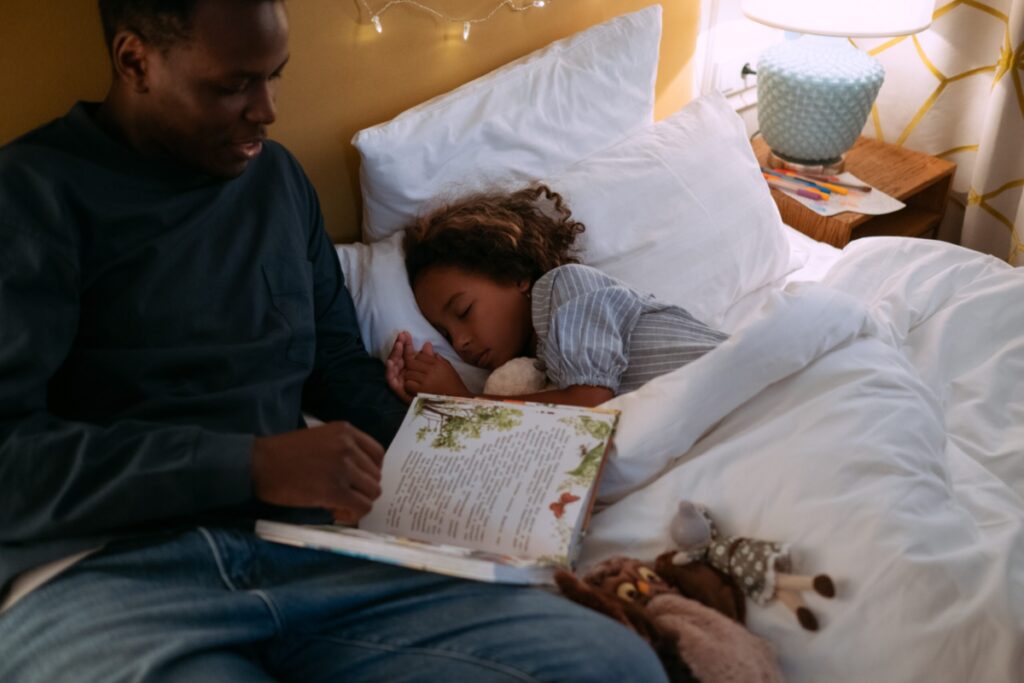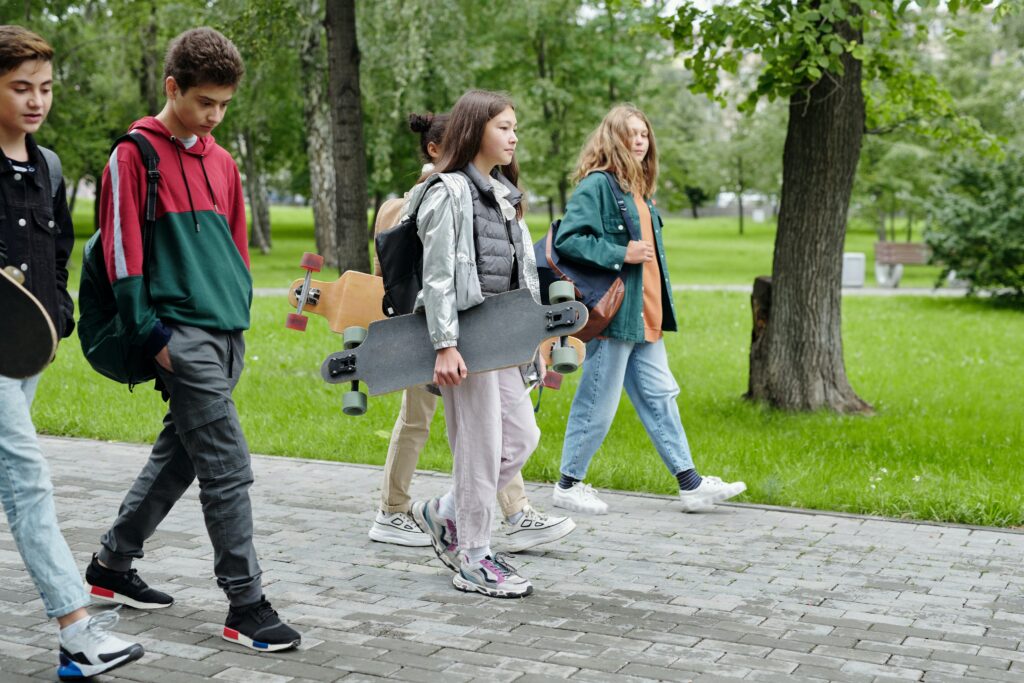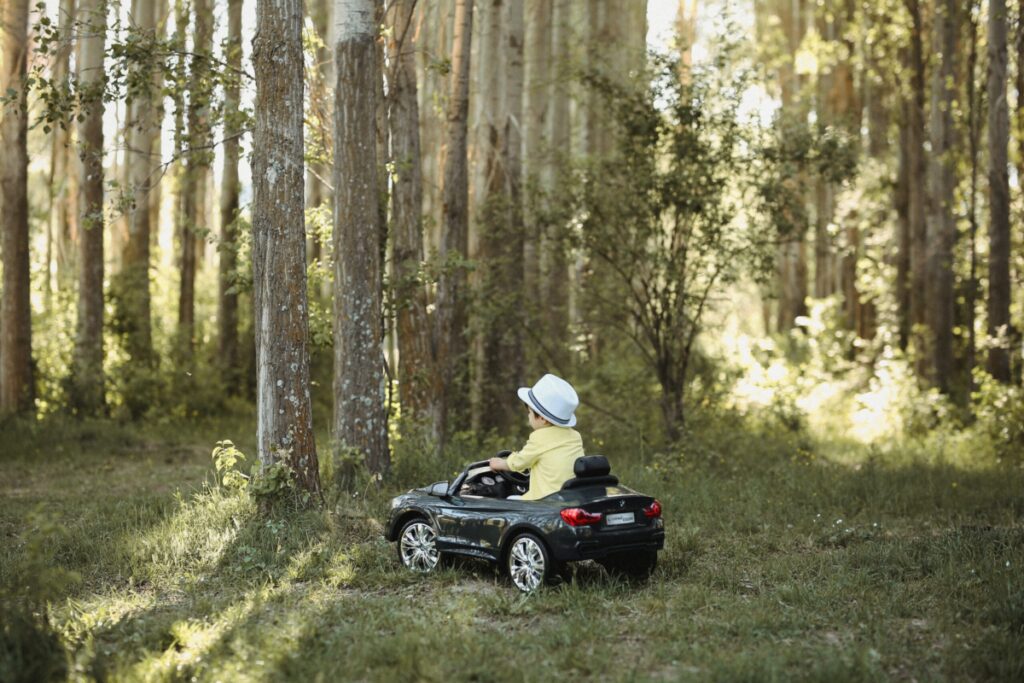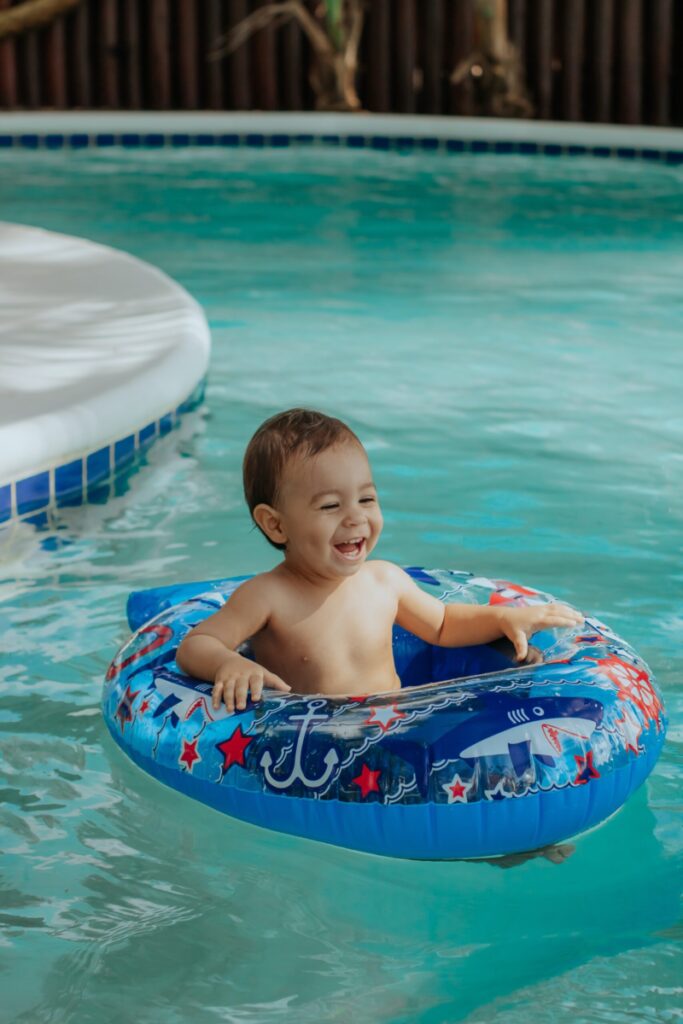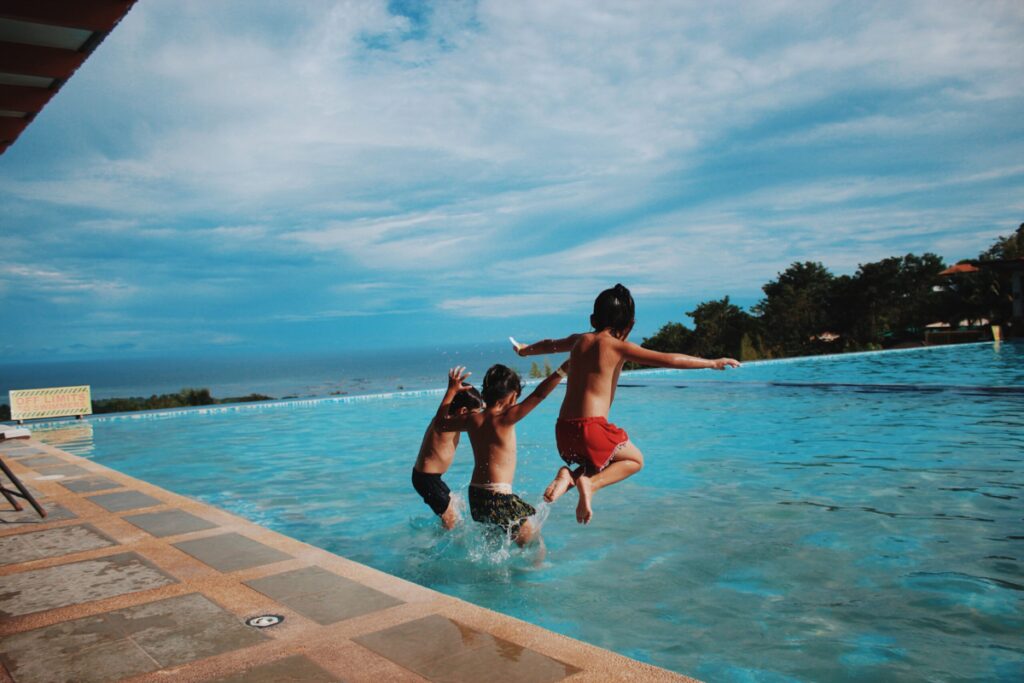Tips for Managing Sunday Scaries with kids
We’ve all been there, you enjoy a lovely weekend as a family, and then that dreaded sinking feeling rolls in on Sunday as you mentally prepare for the week ahead. This feeling has been affectionately termed “Sunday Scaries.” Monday mornings can feel super stressful for parents, especially with young kids and all that goes into getting them ready for the day. In addition, kids may have their own anxieties about Mondays resulting from school dread or being separated from you during the weekdays, so make sure to address their worries as well. Here are some tips to hopefully ease some of that stress and make the week go a little smoother for everyone!
Create a weekly ritual.
A straightforward strategy to help with the mindset surrounding Sunday scaries and the potential stress about the week ahead is to create some small rituals to mark the end of the week and the start of the next. These can be easy and fun, but consistency provides a sense of stability and things to look forward to. Some examples are Friday night pizza and a movie, Sunday pancake breakfast, Sunday afternoon walk, etc. Little rituals and routines are a fun way to incorporate more family time and connection and give structure to what can feel like entirely chaotic weeks with kids, school, activities, work schedules, etc. Don’t forget the importance of getting a good night sleep especially at the start of the week. Try not to let sleep schedules veer too far off during the weekend and make it a routing for sunday evenings to be a time to relax, get organized and get to bed early! Read more tips to promote better sleep here.
Talk about the day and week ahead.
I’m a big fan of mental rehearsals for myself and young kids, especially around things that can cause stress or worry. Thinking and talking about what to expect eases uncertainty and helps you and the kids feel prepared. When to do this depends on what works best for your family. I find the dinner table and bedtime to be natural times to talk about what is coming up. Kids always seem to have a lot to say at bedtime as they process and unwind from the day. As much as we may want to rush through to get to our alone time, it is an excellent opportunity to have their captive attention. Talk out loud about what the next day will look like regarding anything different about their morning routine (ie, pack something for show and tell, etc.), who is doing drop off and pick up, what after-school activities are planned, etc. Sunday nights, you may also want to do an overview of what the week holds as far as any out-of-the-ordinary things like doctor’s appointments, dinner plans, birthday parties, etc. Not only will it help everyone be on the same page, but it will provide an opportunity to manage any logistical challenges that may have been overlooked or address any worries or questions the kids may have about the agenda.
Keep the door open for kids to talk about their worries.
Kids get Sunday scaries too, which can center around school dread or peer problems. Always ask kids how things are going and if anything worries them about school. If you start to see school fear occurring repeatedly, make sure to ask about bullying and let your child know it is safe to tell you anything. Although a day off here and there when kids have a hard time is not bad, it’s important not to completely give in to school-avoidant behavior, as that can make the anxiety surrounding going back build even more. Instead, validate their feelings, address any bullying issues or learning difficulties with teachers and school administration, and try to keep them in their routine. For more tips on addressing Sunday scaries and school anxiety for kids, check out this article in Psychology today.
Consider a family calendar.
In certain seasons of life, especially if there are multiple kids with multiple activities, a visual aid of the schedule can help keep everyone organized and on the same page. This can also help somewhat with reducing the mental load of the primary parent since everyone can reference and update the family calendar, and it is not all kept in one person’s head. You can get creative with little pictures on the calendar for young pre-reading kids to let them know what is on the schedule that day, like a soccer ball for practice, a water drop for swim lessons, etc. Encourage them to check the calendar when they ask you about the agenda, and they can even help add things as they come up. You may choose to use a magnetic calendar on the fridge, a large desk calendar, or simply a whiteboard where you write out the big to-dos for the week. Be as detailed or big-picture as you choose. Find a system you like that is not too time-consuming to implement and go with it.
Get organized and prepare ahead of time.
I will start this with the disclaimer that prepping things for the day or week ahead of time is immensely helpful to combat Sunday scaries, but it may not be possible 100% of the time! This type of organization does not come naturally to me, but I see the benefit and am improving over time. So try to get into a prepping routine and do it when you can, but it is not all or nothing. Even taking some stuff off the list for the morning rush will be helpful.
- Meals
- One challenge about adulting and parenting that I feel you don’t hear enough about until you’re in it is having to think of what you and the family should eat every meal, every day! It’s exhausting! At a minimum, prepping school lunches and breakfast the day before can make things much less hectic. If you are someone who can plan out every meal for the whole week, even better! However, just coming up with a simple system for lunches where you have all of the components (fruit, protein, sandwich stuff, snack, etc.) in the same easy-to-grab places to make assembling them easier goes a long way. A rotation of quick nutritious breakfasts also simplifies things. I love to make big batches of healthy pancakes on the weekend and freeze them to use for breakfast during the week. Pop them in the toaster, and you have an easy yummy breakfast.
- Backpacks
- Try to pack younger kids’ bags the night before. If you live somewhere like we do with seasons, make sure you have all the necessary layers and gear they may need ready to go. We’ve all had those mornings where you realize the kids’ snow pants and mittens are soaked from the day before, and now you are scrambling to find backups. Older kids can take this task on as one of their responsibilities, with perhaps a post-check by you for quality control.
- Clothes
- Picking out clothes the night before is also a biggy as far as reducing the amount of time and energy needed to get kids ready in the morning. Letting toddlers and young kids help choose outfits gives them a sense of empowerment. Some children may prefer to pick out and dress themselves in the morning, and that is great! I love letting kids express themselves through their clothing choices as long as they can easily play in them and are school and weather appropriate. My five-year-old loves this little taste of independence. I just make sure that her drawers are organized so she knows where each category of clothing item is. It is not neat by any means, but she can find what she wants independently.
Give yourself more time than you think you need.
Without fail, the days you need to be on time will be the ones the universe throws a wrench in the morning. Mondays tend to be worse since everyone has had a couple of days to be out of the routine. Unfortunately, you can’t always predict when a big spill will happen, requiring a last-minute outfit change, or your preschooler will have a lengthy tantrum about having to wear their snowboots on a winter day or some other injustice. The best you can do is give yourself a buffer and allow extra time. Worst case, you’ll have more time than you need and maybe even have time to finish that coffee you made before it is cold. On other days it may be just the extra few minutes you need to do damage control and still make it to drop off on time.
Keep things in perspective.
I don’t know about you, but one lesson I continue to learn in parenting is the value of loosening up control and letting go of the pursuit of perfection. Some days, you’ll be the parent who brings your kid to school late with their hair uncombed. Some days you’ll forget their mittens, and they’ll need to borrow from the school stash. The truth is you are human. These small things do not make you any less awesome of a parent and are just not a big deal in the long run. I find this mindset shift very helpful when I’m starting to stress about being late, which can manifest as me being more irritable and snappy with the kids. I try to remind myself we’re all doing our best and that being a few minutes late does not mean the world will end. This helps bring me back to a calm state and have a bit more patience.
Progress over Perfection.
This is another lesson I’m continuously learning, and I feel like every parent needs this reminder. You are doing a great job! Working toward things that will make life easier and only getting some of it right is still valuable and still progress. I do not use all of these techniques all of the time. The idea is to choose what strategies work for your family and make things easier, not more work. So much of the Sunday scaries feeling can come down to the pressure we feel for the week to go smoothly and get everything done. Using these tools will help, but some days will just be messy, and that’s ok! Everyone will make it through regardless, and you may even laugh about it later! Try to do your best, don’t beat yourself up, and you’ll get a chance to try to do better the next day.
Read more about how to start the school year off with some good strategies in place here. Let us know what strategies you try and which are the most helpful! Do you have any useful tricks we forgot?



